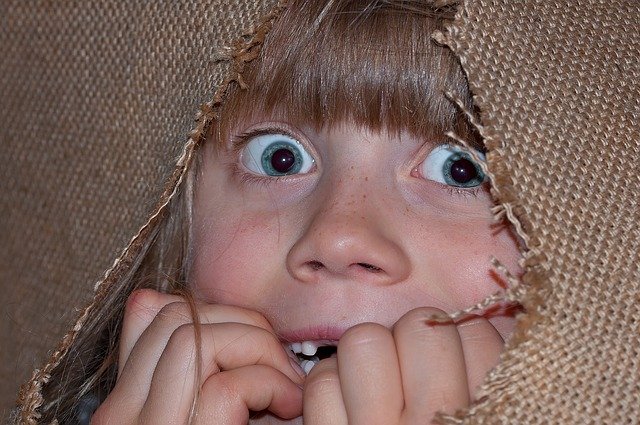Children with autism can be over-responsive to things like loud noises or clothing fabrics, which can develop into lifelong phobias. Writing for The Conversation, Dr Keren MacLennan explains that early intervention and personalised treatment can help, transforming a child’s future prospects.

Many aspects of the world can be overwhelming for autistic children, so it is unsurprising that dealing with the challenging impact of anxiety has become a daily struggle for many autistic children and their families. In fact, autistic children are twice as likely to develop anxiety than non-autistic children. Not only this, but around 40% are diagnosed with at least one anxiety disorder, with the most common being specific phobia, which is an extreme fear of a particular place, object, animal, person or situation.
Many autistic people carry this disabling anxiety into adulthood, which can negatively affect their future prospects and quality of life. Because of this, autism researchers have made it a priority to understand why autistic children are much more at risk of developing anxiety and what can be done to prevent it.
Sensory hyper-reactivity, such as being over-responsive to loud noises, bright lights and clothing fabrics, has been suggested as a reason autistic children develop anxiety. It is commonly experienced by autistic children and has recently become one of the criteria for an autism diagnosis.
Autistic children can struggle to filter out and ignore things they hear, see, touch, smell and taste. This can lead to them feeling exhausted, stressed and overwhelmed, which in turn, can increase sensory hyper-reactivity, creating a vicious cycle of anxiety due to sensory difficulties and sensory difficulties due to anxiety.
Existing research indicates that sensory difficulties are one of the reasons autistic children are more anxious in a general sense. But when considering targeted therapies, we really need to know if sensory hyper-reactivity is more strongly linked to particular anxiety disorders, such as generalised anxiety disorder (feeling anxious about a wide range of situations) or social anxiety disorder (overwhelming fear of social situations).
This is important for understanding how to create strategies that prevent different anxiety disorders. That is why our recent study investigated the relationship between sensory hyper-reactivity and anxiety in more detail.
Finding the link
At the University of Reading’s Centre for Autism, we assessed sensory hyper-reactivity and anxiety in 41 autistic children, aged three to 14 years. All of the children had a formal diagnosis of autism and had average to above-average IQs. Parents completed questionnaires that told us the extent of their children’s sensory hyper-reactivity and anxiety. We also gave a questionnaire to children aged six years and over so they could rate their anxiety.
We found that autistic children who were more sensory hyper-reactive also had greater overall anxiety, as well as more symptoms relating to phobia and separation anxiety disorder. This tells us that sensory hyper-reactivity is related to anxiety in a general sense, but it may be more strongly linked to some anxiety disorders, and less so to others.
Yet we know that other autism traits, such as repetitive behaviours, have also been linked to anxiety, so we repeated the analysis controlling for broader autism traits. We could then see if our results changed when taking these into account.
We found that autistic children who were more sensory hyper-reactive also had more symptoms associated with phobia. But we no longer found sensory hyper-reactivity to be related to overall anxiety or separation anxiety. This tells us that other autism traits, together with sensory hyper-reactivity, may be why autistic children are more likely to be anxious. But sensory hyper-reactivity could be more specifically linked to symptoms of phobia.
Early intervention
There are existing therapies to help autistic children deal with their anxiety. But it would be better to combat any risk factors before these anxiety disorders have a chance to develop. For example, if an autistic child struggles with sudden loud noises at an early age, this may evolve into them developing a fear of things that produce these sounds, such as dogs because of their barking, or balloons, due to them popping.
If we can address sensory hyper-reactivity early on in autistic children, this might prevent them from developing phobias later in life. But how do we do this?
Sensory difficulties are often addressed using a range of approaches through occupational therapy. But it is not clear how effective these approaches are in tackling anxiety.
As there is much individual difference in autism, with a range of strengths and difficulties, taking a personalised approach to helping autistic children may be the most effective method to prevent anxiety. So this may be key to developing effective, evidence-based therapies to improve the lives and future prospects of these autistic children.
This post first appeared on The Conversation, 14 February 2020. Dr Keren MacLennan is a doctoral researcher at the University of Reading, specialising in autism and mental health research. Her current research focus is exploring the relationship between sensory reactivity differences in autistic children and how these link to the development of anxiety disorders.
